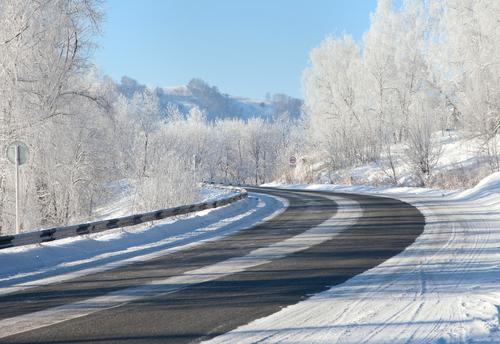
Do you ever notice how beautiful nature is? The different seasons, winter turning to spring, or spring to summer. There are so many wonderful poems which have been inspired by the seasons, celebrating the beauty of a snowflake, or the hope of springtime sunshine awakening the plants and animals.
Seeing the first spring flowers push their green heads through the snow is a poem in living form. Anything really beautiful is a little poem that just hasn’t been written yet. The nest of robins outside the window is a little poem. And those hot, Southern summers spent on the grass under the mossy old live oaks are poems too!
Nature and the Romantic Poets
The Romantic poets, who wrote poetry in England in the early 1800s, thought the beauty of the seasons was a form of poetry. And they shared the beauty they saw in nature by writing the beautiful scenes down in words to share with their family and friends.
Look at these examples of poetry about the seasons:
- To Autumn
The Romantic poet, John Keats, writes a poem as a tribute to the beauty of Autumn, with brightly colored leaves and the abundance of the harvest: - A Light Exists in Spring
Emily Dickinson, a prolific American poet, writes about the color of the sunlight in springtime and how it highlights the beauty of the natural world. - A Time of Freedom
Abbey Silent writes about how summertime makes her feel warm and free.
Do you think the beauty of the seasons is like poetry? Could you be a Romantic poet and capture a “little poem” in words to share with a loved one? Could you write about your favorite season?
Writing About Nature Like a Romantic Poet
When we are in nature, we see little poems all of the time. Little poems about the seasons can be as simple as a pretty spring flower or a beautifully colored fall tree. There are many ways to turn these scenes, or pretty pictures, into poetry. Why don’t you try a few of these poetic forms:
Shape Poem about Nature
A shape poem is a descriptive poem that is written into an outline of the shape of the object it is describing.

This is an example. If you saw a little poem in a beautiful flower or a fallen leaf, you could trace its shape onto a piece of paper and write a shape poem describing the object.
5 Sense Poems about Nature
A sense poem is a descriptive poem which focuses on using the five senses: taste, touch, sight, smell, and hearing. Using the five senses can help you to create a poem that evokes a strong image in the reader’s mind, so they can actually experience what you are describing. Here is some advice about using the five senses in poetry.
For an example of a sense poem, read this poem about spring time by Heidi Campbell.
Imagine that you are outside during your favorite season. Where are you? What can you hear, smell, see, touch and taste? Write 2 or 3 lines describing each sensation in order to create a picture of the place and season for your audience. This can be the beginning of your sense poem.
Could you write a sense poem that describes a “little poem” in nature, like the summer sunshine on a bubbling brook in a meadow?
Odes about Nature
A poem that is written in tribute to something is called an Ode. Odes are a beautiful way to be thankful for something beautiful or good in your life. They can also be used to capture a little poem. Look at this example of the “picture” of an Alaskan Marsh which is captured in an Ode. The poet, Charles Hemmelgarn, has used description to share the beauty that he saw with his loved ones, and to give thanks for the wonders of nature. Could you write an Ode to a beautiful picture you have seen in nature?
Many poets have also written Odes about their favorite seasons. John Keats To Autumn is an example of an Ode. Could you write an Ode about one of the seasons? For example, could you write “An Ode to Winter” listing all of the things you like about winter? Like snowflakes, and Christmas, and skating, and being warm by the fire. You could write a description of each beautiful thing about winter, creating a series of little pictures. Or you could thank winter for all of the nice things it brings. What about writing an Ode to another season?
Now you have written some poetry about the seasons, why don’t you share your poetry with your friends and family? You could share it through social media or even submit it to Family Friend Poems!
 Poems On Creativity
Poems On Creativity Basic Poetic Techniques
Basic Poetic Techniques ABC Poems
ABC Poems Poetry Activities
Poetry Activities Famous Narrative Poems
Famous Narrative Poems Teaching Poetry
Teaching Poetry